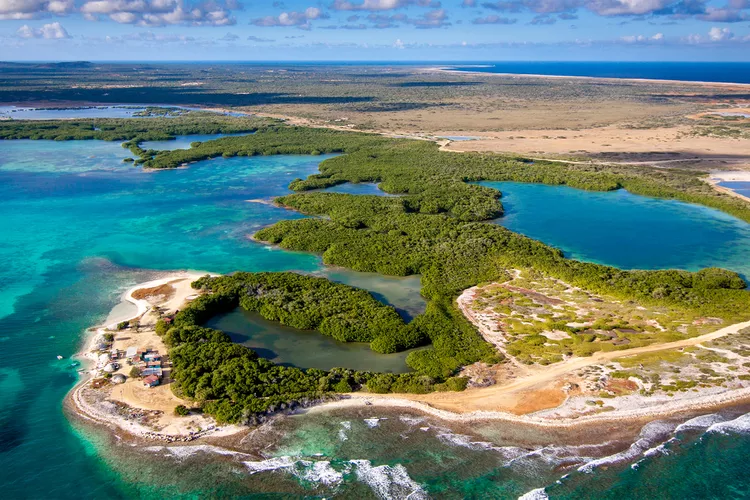Summary
Coral Restoration Diving Experience in Bonaire
Coral Restoration Overview
I was nervously sucking air from my tank, 15 feet below the surface of the Caribbean Sea. Wielding pliers and zip ties, I tried — and tried — to fasten a branch of staghorn coral to Bonaire’s newest reef, but the gentlest of currents pushed me away. My anxious breathing had me rising and falling erratically, in danger of becoming what my instructor Rob Verschoor called “a wrecking ball” that could crash into the coral.
Why Choose Bonaire?
After this dive, I would become a newly minted Reef Renewal scuba diver, trained to handle — as lightly as possible — fragments of coral grown in submarine nurseries and eventually planted on bamboo frames affixed to the ocean floor. On Bonaire, a Dutch Caribbean island east of Aruba, the nonprofit Reef Renewal Foundation Bonaire partners with 13 dive centers to certify participants in reef restoration. The organization has planted more than 50,000 corals in 19 sites in the country since 2012 — vital work considering that, worldwide, three-quarters of reefs are threatened by forces like climate change and pollution.
Other Coral Restoration Destinations
Though Bonaire is an ideal place to learn about reef regeneration — the island is surrounded by a marine sanctuary — it isn’t the only destination embracing the practice. Resorts including Windjammer Landing Villa Beach Resort on St. Lucia, and Banyan Tree Vabbinfaru in the Maldives invite certified scuba divers to help with coral planting. Additionally, Atlantis Paradise Island Bahamas has announced it would host the country’s first coral gene bank to preserve, study, and propagate species at risk of stony coral tissue loss disease.
Training and Personal Experience
After spending a few days of leisurely diving on Bonaire’s reefs, which are home to eye-catching species like moray eels, I joined the two-day Reef Renewal training at the resort Buddy Dive Bonaire. Six of us began with a shallow dive at a coral nursery offshore, equipped with wire brushes to clean algae from the underwater frames to which the coral is attached. It was surprisingly meditative, what with parrotfish and queen angelfish swimming by, and soon we were attaching staghorn and elkhorn coral to the rig. On our final dive, we graduated to moving large pieces from the nursery to a bamboo structure that would form the basis of a new reef.
Even through my crystal-clear mask, stringing coral underwater was like threading a needle with blurry vision. One of my patient instructors, Liza Kelly, encouraged me to keep trying, and eventually, I got the hang of it and earned my certification. I returned home with indelible memories of diving — and pride in leaving the reefs slightly better than I found them.




